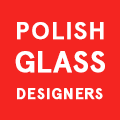
Among many Silesian artists, Horbowy is one of the most recognisable artists of the last half-century in Europe. Personally, I think I didn’t know – and probably won’t know – anyone who loved glass so much – one of the most difficult things to control.
In one of his interviews he once said: Glass is so loved that you can throw yourself into the oven for it. I never doubted that he would have
done so to save the effects of his artistic vision and the hard work of glassworkers.
As a glass designer Zbigniew Horbowy was a pioneer in many fields. From the very beginning of his career he experimented a lot with glass and colour, seeking a balance between artistic expression and functionality in the forms he designed. Like few others, he appreciated the power of applied art in shaping social aesthetic tastes.
Maciej Łagiewski, Director of the City Museum in Wrocław – from the catalogue of the exhibition Today There Are No More Real Glasses, City Museum of Wrocław, 2019
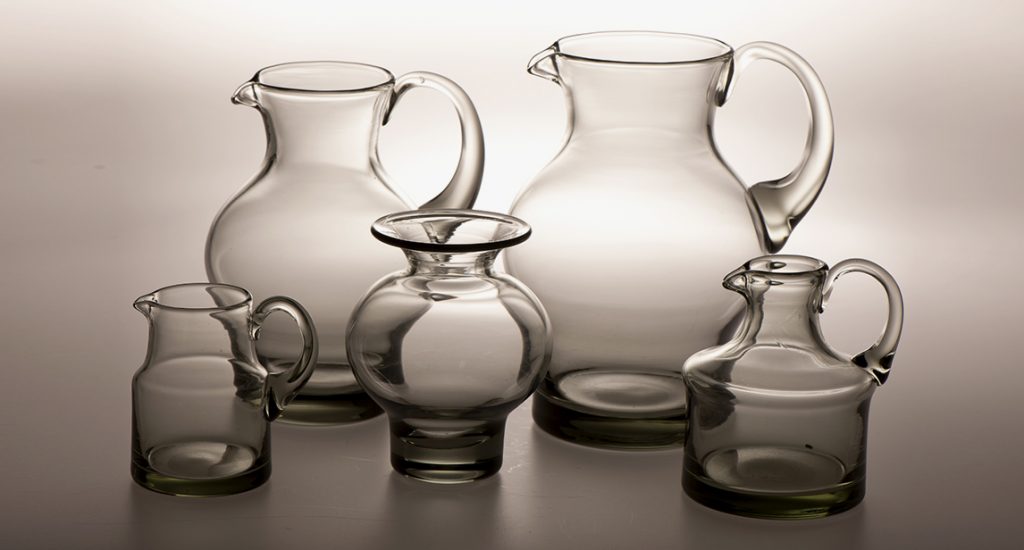
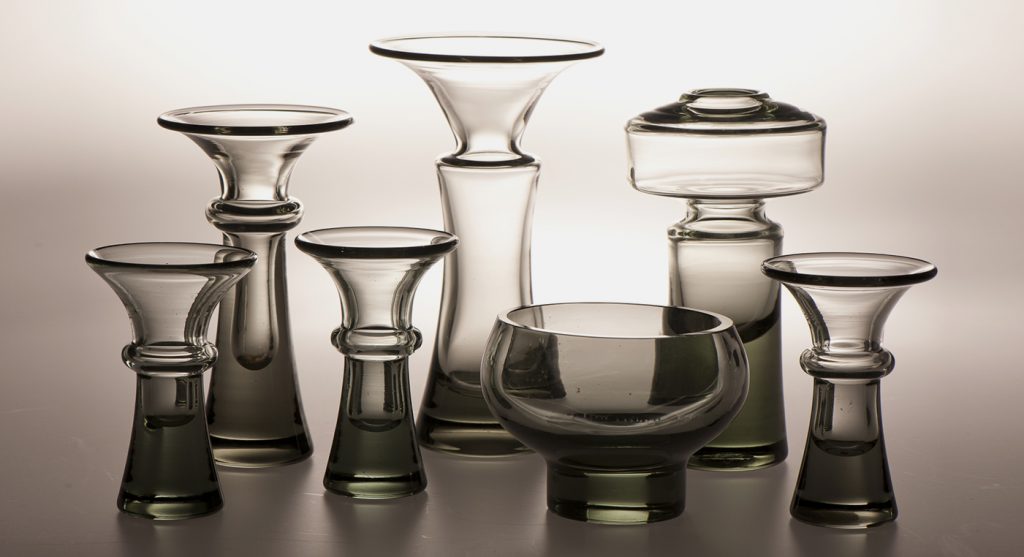
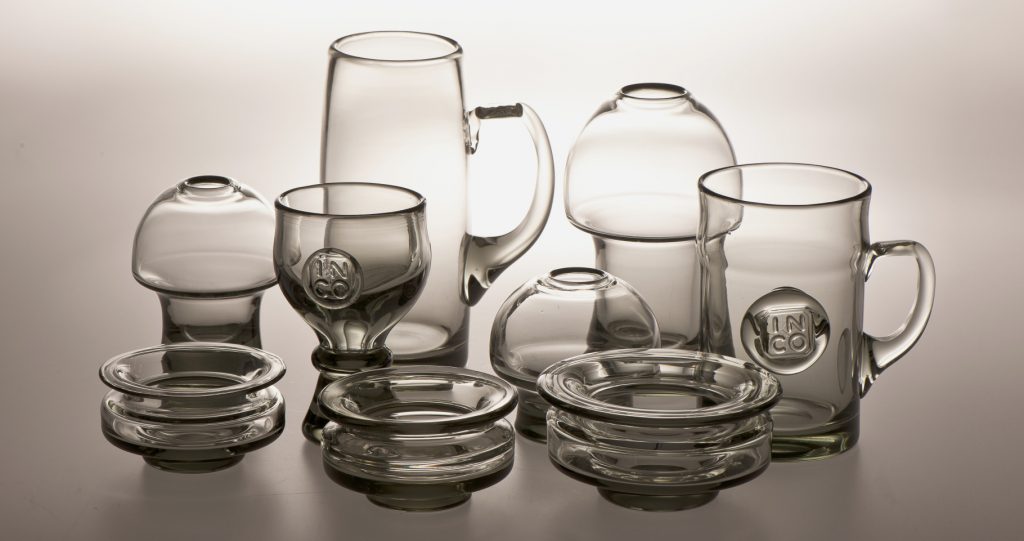
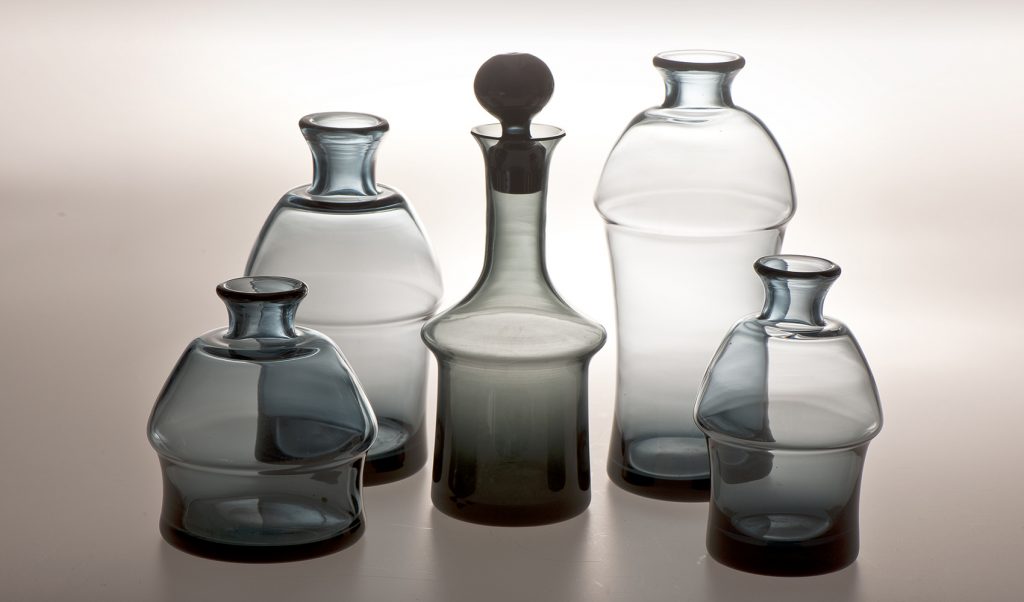
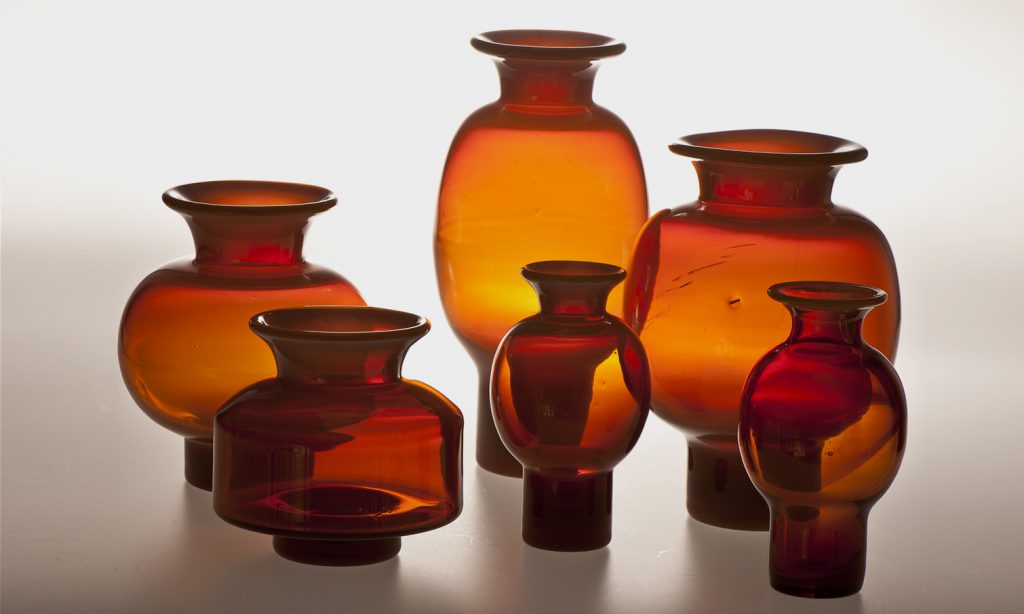
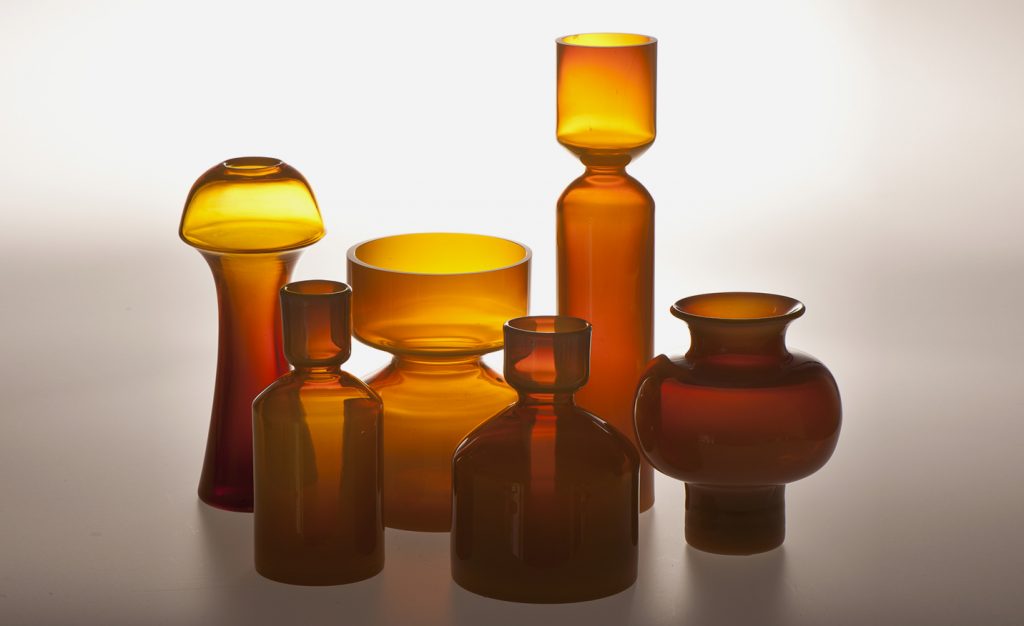
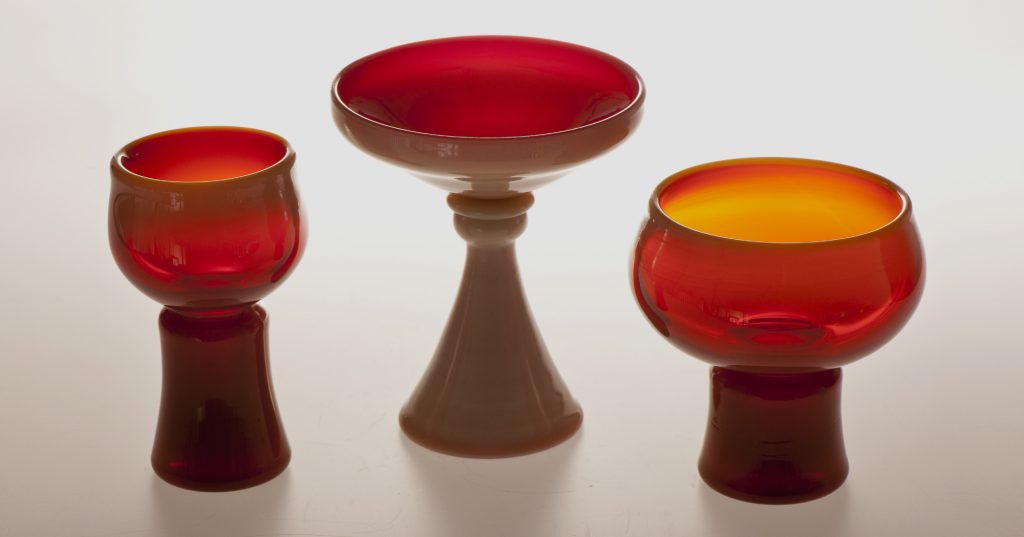
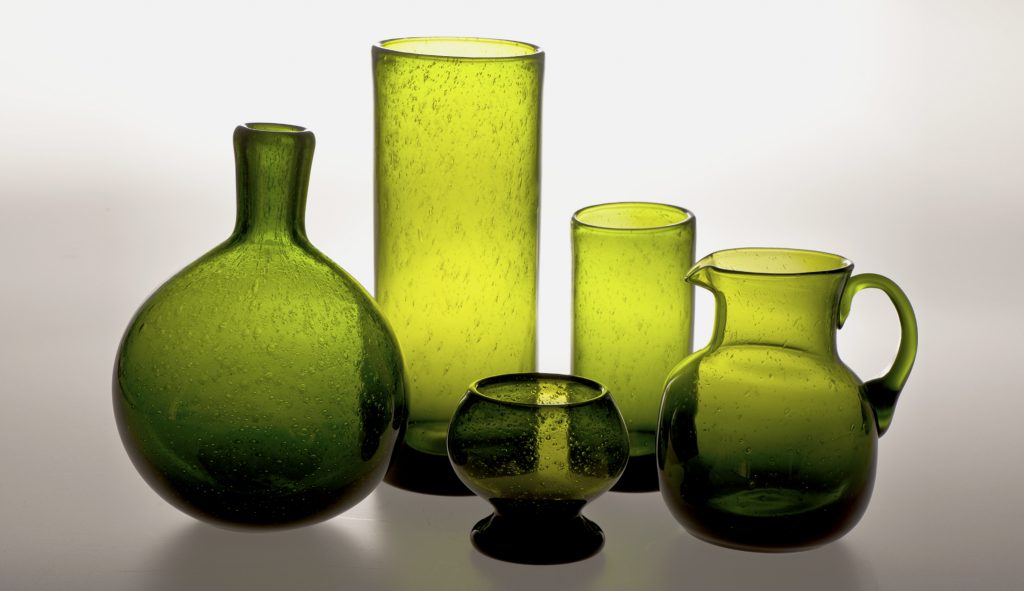
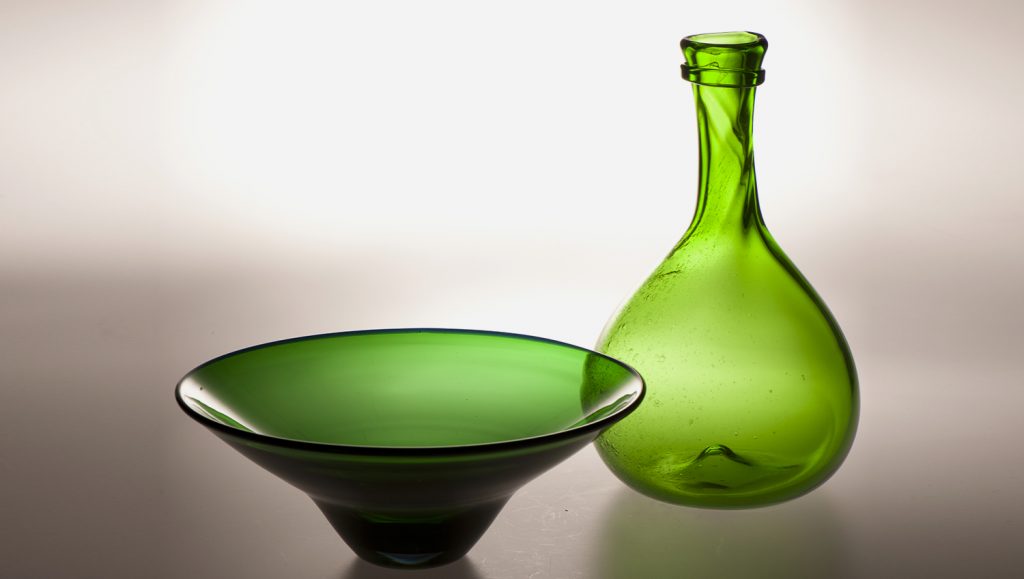


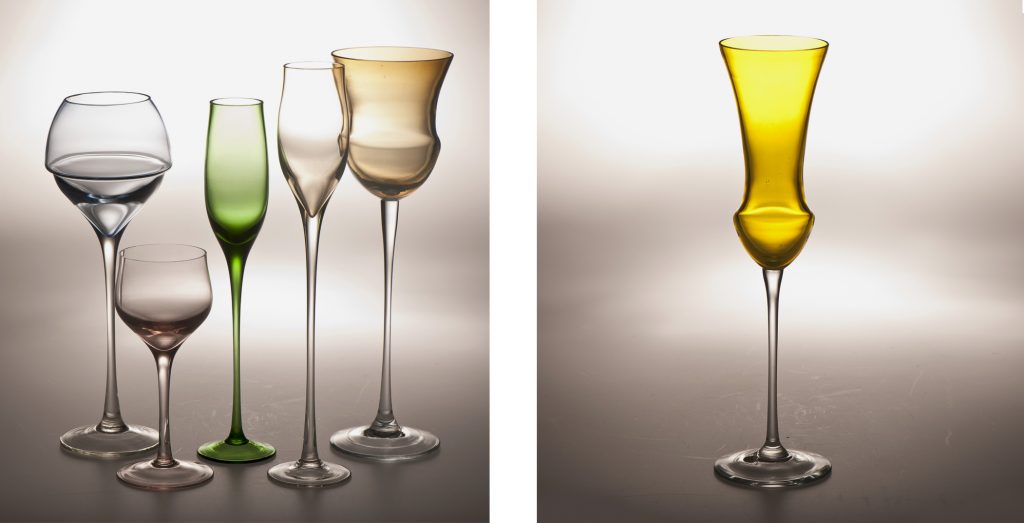
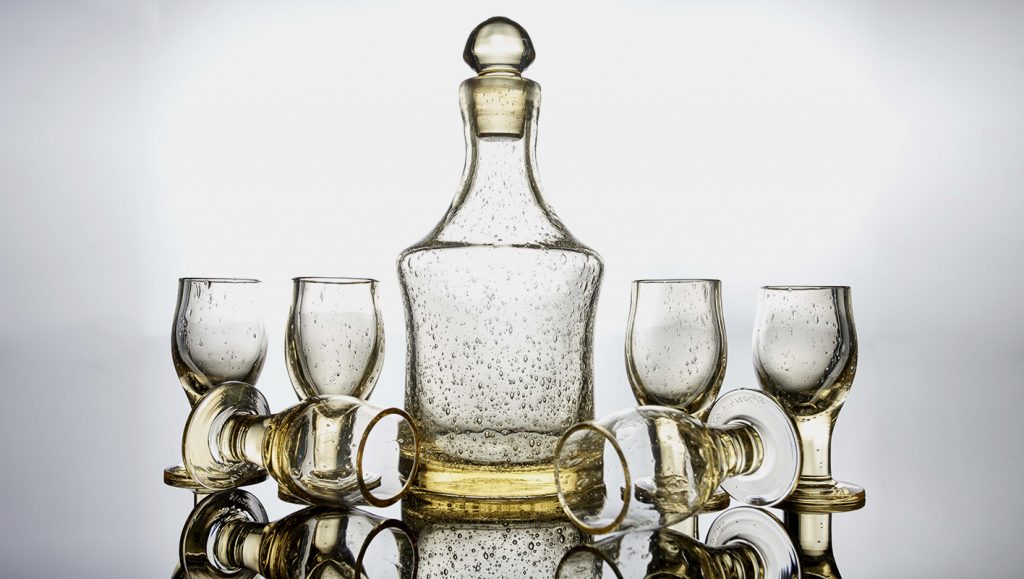

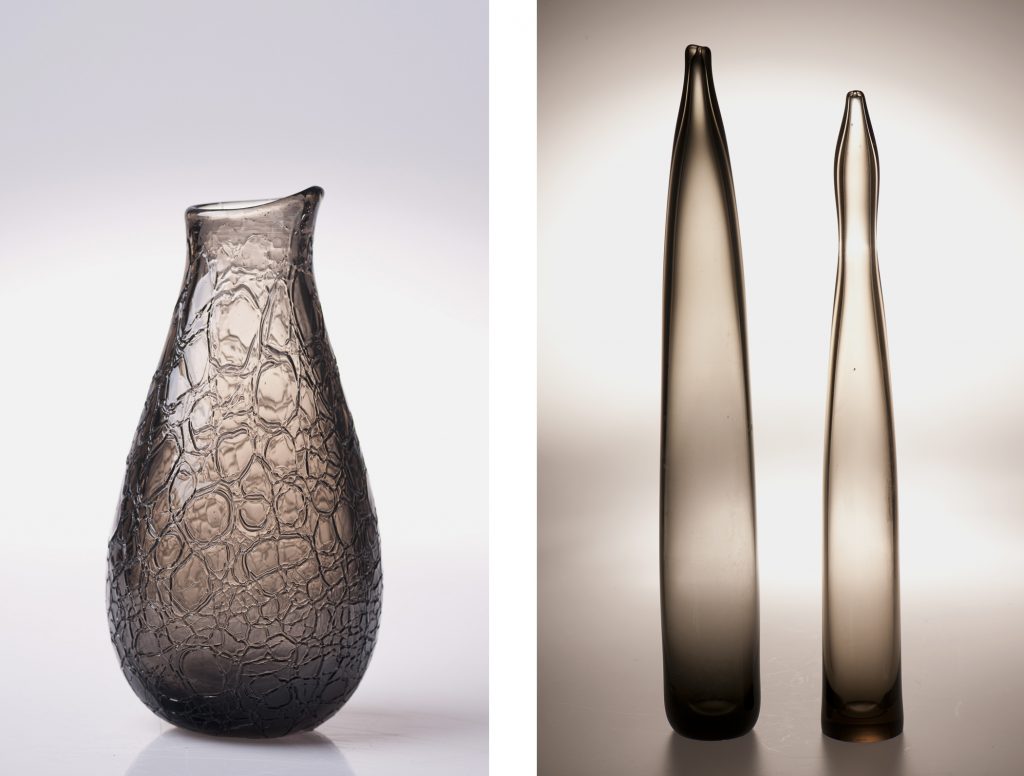
He lived from 1935 to 2019 and graduated from the Ceramics and Glass Faculty of the State Higher School of Fine Arts (currently: E. Geppert Academy of Art and Design) in Wrocław, 1959. After graduation, he started working at the “Sudety” Glassworks in Szczytna Śląska as a designer. Then he was associated with the “Barbara” Glassworks in Polanica-Zdrój, where he ran an experimental design studio from 1975.
Organiser of the Polanica glass open-air workshops, 1978–1989. On his initiative, the Artistic Glass Studio “Inco” in Wrocław was established. He ran an art glass studio in Polanica-Zdrój.
From 1963, he was a teaching staff member at his alma mater, and from 1989 he was a full professor. Head of the glass studio and department, vice-dean, dean, vice-rector, and rector (1999–2005) of the Academy of Fine Arts (currently: E. Geppert Academy of Fine Arts) in Wrocław. Then a member of the Senate of that Academy.
Winner of many awards and distinctions, including: Minister of Culture and Art awards: 1962, 1969, 1975, 1979; Central Council of Design award, 1964; gold medal at the Jablonec 1973 exhibition; “Cultural Merit – Gloria Artis” gold medal, 2017.
He took part in over 30 individual exhibitions in Poland, Austria, Bulgaria, Czechoslovakia, East Germany, and Hungary. He participated in over 80 collective exhibitions in Poland, Austria, Bulgaria, Czechoslovakia, Finland, DDR, Germany, Hungary, Sweden, Yugoslavia, and the USSR.
His works can be found in public and private collections in Poland and abroad. He also designed installations in public spaces.
Creator of simple designs, economical in form and colour. He is often considered to be a reformer of Polish applied arts. He was one of the first to introduce new designs to mass production.
He created, among others, the famous Antico line, whose characteristic feature are thousands of glass bubbles enclosed in the glass of a vase or bowl.
